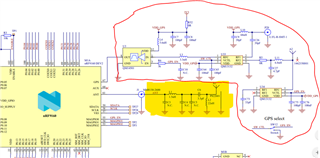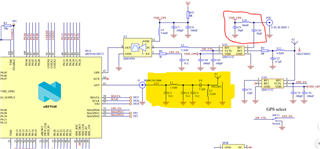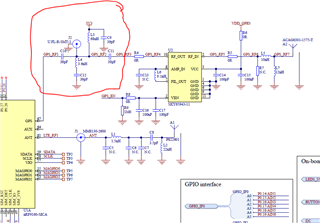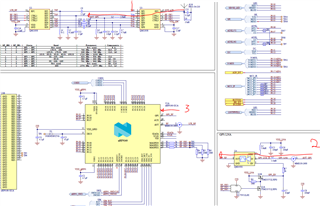I have an application where I will require an external antenna as our product sits in a metal enclosure.
The example NRF91 DK development board shows a UFL connector (which the manual says can be used for testing and external antenna connection), but it also has provision for an internal antenna (which I am not interested in for my design – highlighted in yellow).
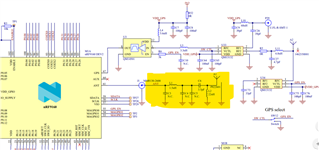
Can all of the highlighted items be removed if I use an external antenna (connected directly to the ANT pin via a UFL connector)?
Also, with regards to the GPS connection, I am not interested in a GPS connection - what provision do I have to make on my PCB for a N/C of this pin on my board?
Kind regards
Michael


